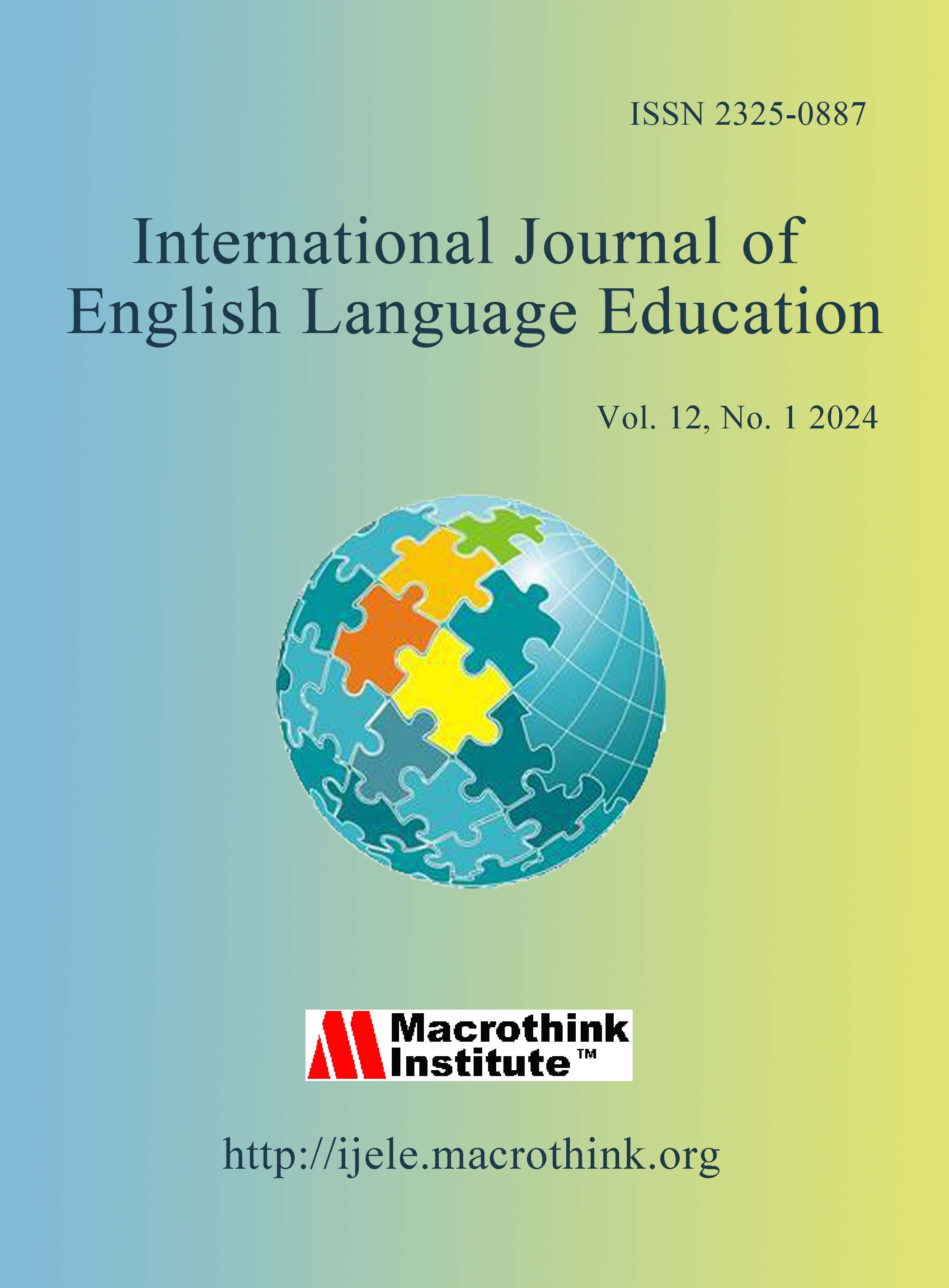The Relationship between Group Dynamics and Learners’ Willingness to Communicate amongst Female EFL Students in a Saudi University
DOI:
https://doi.org/10.5296/ijele.v12i1.21673Keywords:
group cohesion, group dynamics, willingness to communicate (WTC)Abstract
The willingness to communicate (WTC) is of significant importance to the development of communication in second language learning. The present study investigated the relationship between group dynamics (GD) and learners’ WTC. A mixed-methods approach involving a questionnaire and semi-structured interviews was utilized to collect data. The participants were 256 female preparatory year students from the science track at a public university in Saudi Arabia. Eight of these students also participated in the interviews. The findings revealed that there was a significant positive correlation between learners’ perceived WTC and GD. Moreover, the perceived WTC of learners from level 1 was significantly different from that of learners from levels 2 and 3. The qualitative analysis revealed a set of GD factors that influence the participants’ WTC. These factors were organized into three main themes that included nine subthemes. These themes are classmates-related factors, classroom environment factors, and teacher-related factors. The study also suggested some potential implications that can increase GD, which can contribute to enhancing learners’ WTC.




